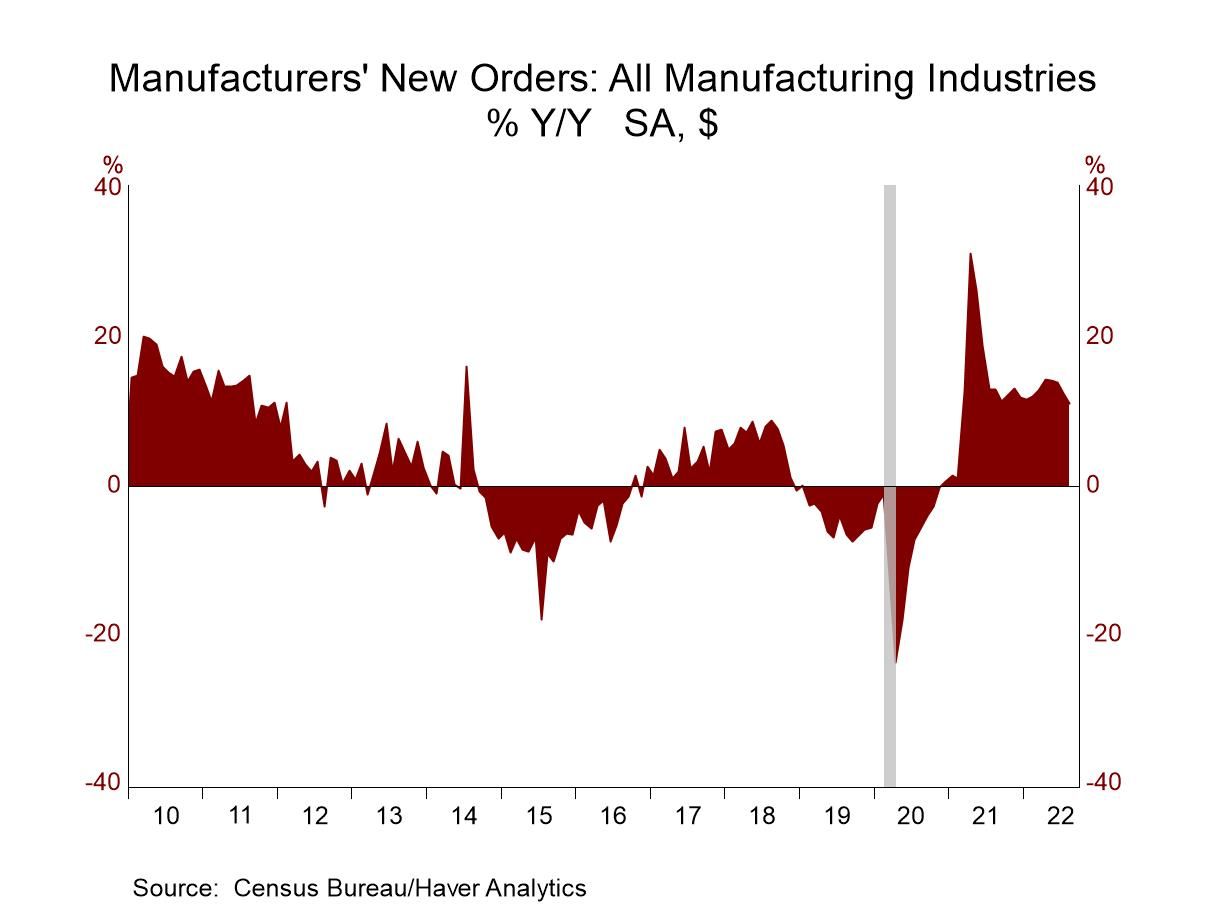Composite PMIs in September largely eroded. The average PMI reading in September fell to 50.9 from 51.1 in August although the median PMI rose to 50.9 in September from 50.5 in August. In September there are eight jurisdictions with readings lower than 50, indicating an overall contraction in the economy. The September reading is a lower number than the 10 that reported contractions in August. Eleven jurisdictions reported slowing conditions in September, compared to 18 in August. These figures account for month-to-month deterioration and while the number 11 is smaller than the number18, the number 11 follows the number of 18 indicating that that were 18 deteriorating in August and in addition to that there are 11 deteriorations in September. There were also 17 deteriorations back in July. The number of deteriorations may have slowed but the accumulated effect clearly is a worsening.
For the most part, the PMI data haven't showed too much change over the last three months, but there is generally speaking weakness in place. Comparing September to July, the average is weaker, the median is weaker, and we have a long string of jurisdictions below 50 and of entities reporting slowing growth.
Looking at sequential growth rates from 12-months to six-months to three-months, there's also a clear erosion going on in the average and then the median. On this timeline, the jurisdictions below 50 progressed from 4 over 12 months and six months to 7 over three months and the number of jurisdictions showing slowing progressed from 3 over 12 months to 16 over six months and to 17 over three months.
Percentile standing depicts how weak these numbers really are when placed in an historic context. We tend to look at PMI data by evaluating readings relative to the 50 mark, since 50 represents the dividing line between an economy that's expanding or contracting. When we do that, we distance ourselves from what the normal readings are for these PMI values and turn the PMI into a binary signal. The percentile standings take a different approach. They position each one of these readings for September in a queue of data over the last 4 ½ years. On that basis, the average PMI reading has a the 37th percentile standing in its range and the median reading is in the 31st percentile of its range. The median reading for each country will occur at a value of 50%. So, when we find that the average reading for these countries is at the 37th percentile and the median of these pooled readings is at the 31st percentile, we are seeing readings that are in the lower one-third of their range of values indicating some extreme weakness. There may still be expansion taking place, but it is weak expansion. In fact, there are only 6-jurisdictions with percentile standings at or above their 50th percentile in the table. The strongest of these is Singapore at its 94th percentile. That's followed by the UAE at its 85th percentile. That's followed by Zambia at its 82nd percentile. Japan is at its 66th percentile, followed by Saudi Arabia at its 64th percentile. Brazil sits on the cusp at its 50th percentile, right at its median value for this period.
And some of the larger economies have extremely low standings. For example, the United States has a lower 10% standing, the EMU has a lower 12% standing, Germany has a lower 7% standing, the U.K. has a lower 10% standing.
There's a great deal of weakness indicated by the composite PMIs and these are the results of the manufacturing and services PMIs for each country. These composites are very broad gauges of economic activity. The average rating over 12 months is a diffusion reading of 53.5 that has slipped the 51.2 over three months and to 50.9 in the current month. The median reading has slipped from 53.5 over 12 months to 50.5 over three months and stands at 50.9 as of September. These measures have aggregate activity showing barely any growth at all. So, it’s growth; but it is not normal.



 Global
Global





